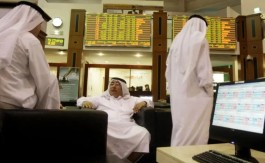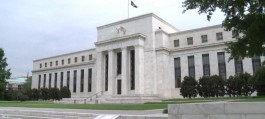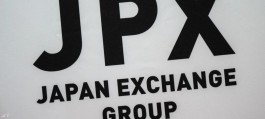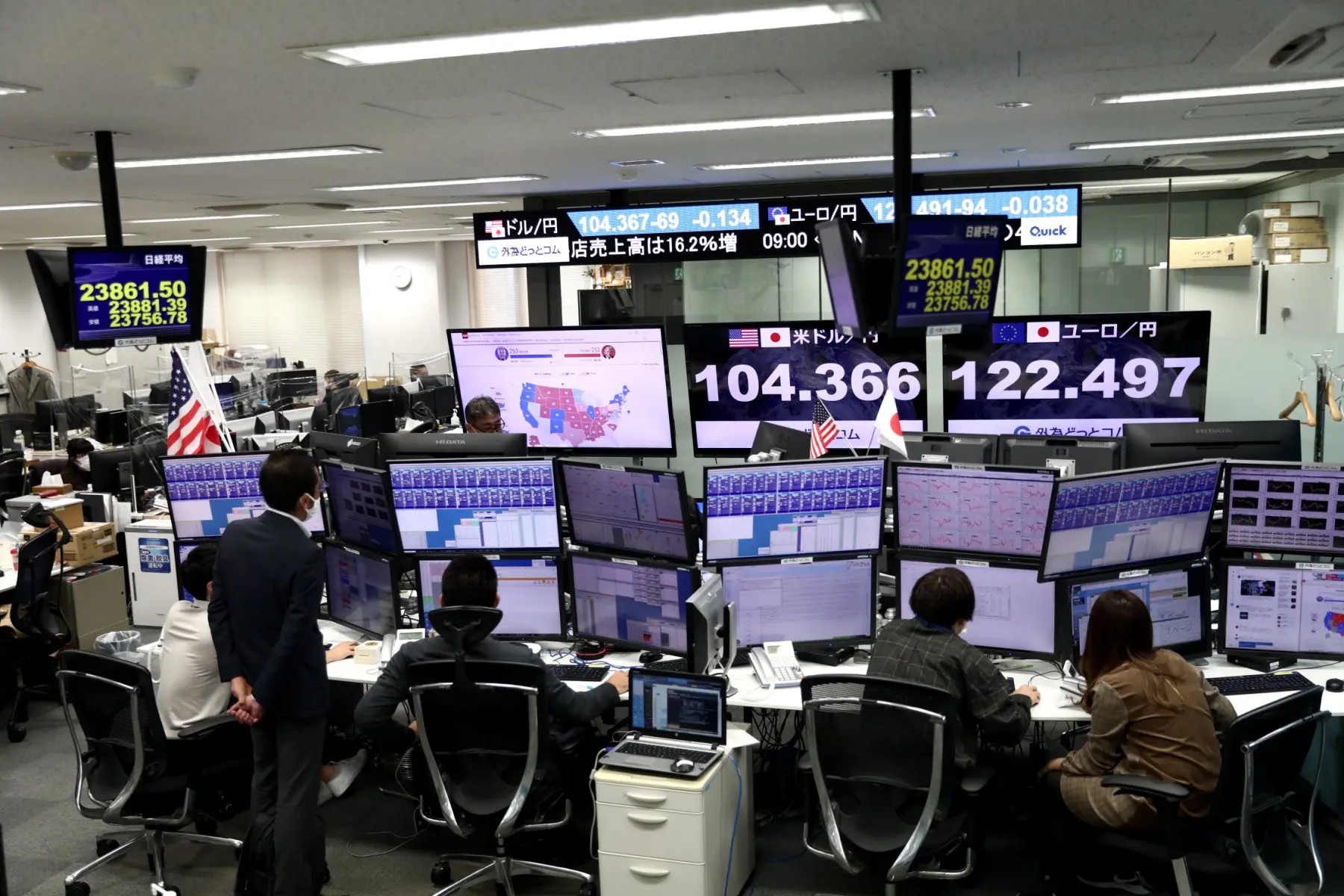The Fed is backing away from rate cuts, Japan is strengthening the yen, Bank of England leaders are divided, and Sweden and Switzerland are actually easing monetary policy.
All of these developments are great for currency traders. They suddenly give them the opportunity to make a lot of money - or lose it - at a rapid rate.
Fund managers at Allspring Global Investments and GAM Investments say they are shifting their focus toward the so-called Group of 10 currencies, away from emerging markets, where many policymakers are already moving toward cutting interest rates.
Others, such as Ninety One’s Ian Cunningham, are more focused on concentrating bets, increasing his US dollar position to a net long of 45% from just 5% at the start of the year.
The appeal of the G10 currencies, or the world's largest industrialized nations, is based in part on the belief that they are poised for big moves, especially as traders grapple with shifts in central bank stance and potential electoral surprises.
Moreover, interest rate speculation is generating huge profits, driven in large part by the strength of the US dollar. A Bloomberg index tracking the investment strategy of the Group of 10 is on track for its best half-year performance in 14 years, up nearly 6% since January.
Developed countries' currencies fluctuate
“The G10 is seeing a lot more movement than it has in years,” said Lauren van Biljon, who helps oversee $580 billion in investments at Allspring. “The divergence is showing up across the board. There’s divergence in growth rates, inflation, trade expectations, and that’s leading to surprises in currency markets.”
Of course, overall market volatility remains relatively muted, with a JPMorgan Chase index measuring G7 currency volatility falling to a two-year low in March. But some are seeing the first signs of a major reversal, and perhaps most surprisingly, the classic relationship between developed and emerging markets has been upended.
The G7 currency volatility index has consistently outperformed the emerging market gauge this year, the first time this has happened sustainably since 2017.
Currency pairs show a similar story if we track each pair separately. The Japanese yen, the Swedish krona and the Swiss franc have all fallen by more than 7% against the dollar this year. That’s similar to the Turkish lira, which has fallen by 8%, among the sharpest declines in a basket of emerging-market currencies.
Emerging Market Currencies Exit
“It is reasonable to expect increased volatility in the FX market,” said Guglielmo Mazzola, head of systematic investment specialists at GAM Systematic. “This is due to the dynamics of central bank interest rate policy expectations and the actual implementation of those policies.”
Mazzola added that the GAM Fund, which operates on a quantitative investment methodology, has increased its investments in G10 currencies, pointing to data showing in their models that tend to favor this asset class over its emerging market counterparts.
At Allspring, van Biljon raised bets against the euro and the krone last month, while cutting back on both the Indian and Indonesian rupees.
Money flow data suggests that investment is shifting away from emerging-market currencies to G10 currencies. In April, traders bought the U.S. dollar and the New Zealand dollar, and pulled money out of the Mexican peso, Brazilian real and Indian rupee, according to State Street Global Advisors.
Interest rate speculation
Interest rate speculation is also an attractive factor. The G10 index, which measures the return on borrowing in low-yielding currencies and investing those loans in higher-yielding currencies, has risen 5.8% since January.
By contrast, the interest rate speculation index, which tracks eight emerging markets, has not risen at all. Instead, it has fallen 0.1% this year after a roaring 7% performance last year.
G10 interest rate spreads will continue to outperform this year, said Meera Chandan, co-head of FX trading at JPMorgan.
Chandan favours borrowing Swiss francs, Swedish krona and Australian dollars and lending US dollars.
betting on multiple options
Indeed, some fund managers say they won’t be pulling out of emerging markets, but will instead invest in a broader range of markets. CIBC Asset Management will continue to bet on the Indian rupee, while also bracing for a slide in the value of the Swiss franc, the Canadian dollar and the euro.
“We are expanding our FX portfolio in light of the current wide divergence within developed markets,” said Michael Sager, head of multi-asset and currency management at CIBC. “We don’t have to limit our selection to developed or emerging markets. It’s better to have more options.”
Meanwhile, Cunningham, a portfolio manager at Ninety One, is watching for a breakout in the single European currency, which has been stuck in its narrowest range since its introduction in 1999.
The euro faces a high probability of falling to parity with the dollar if what traders currently expect happens, with the European Central Bank cutting interest rates faster than the US Federal Reserve, Cunningham says.
Elections could be another factor in market turmoil, with the US, UK and EU all set to stage leadership races this year, and for TD Securities, more turmoil is likely to lie ahead.
“G10 FX rates are becoming more interesting again after a period of mostly range-bound trading,” said Mark McCormick, global head of FX and emerging markets strategy at TD Securities. “Now there is room for some big moves.”







































